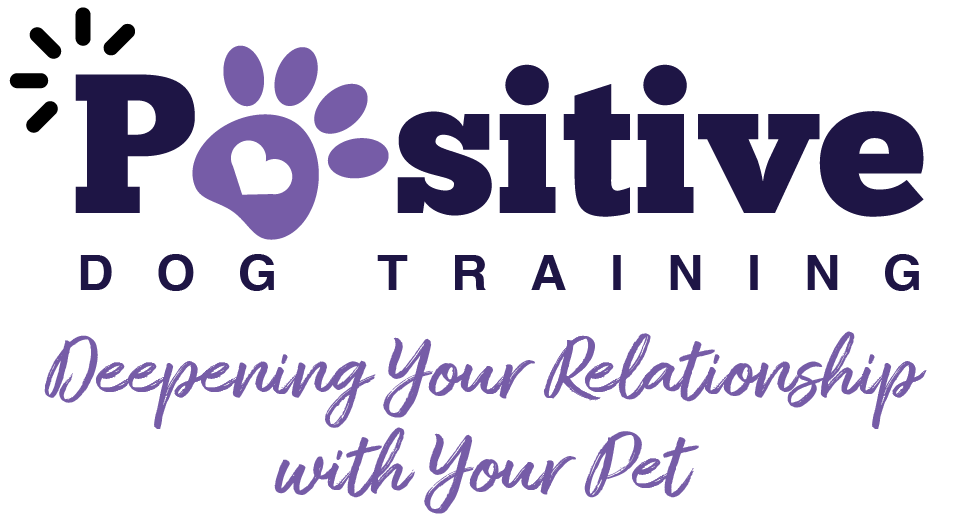Follow Us x
Those of you who know me, or who read this blog, know that three weeks ago I adopted a dog from a great organization called New Hope Rescue. Gem is a lab mix with beautiful eyes and the energy and strength of a sled dog. I hate to admit it, but I have had a few moments when I wondered whether this adoption was going to work. They are fleeting moments because the trainer in me kicks in and I come up with a solution to the problem that is exasperating me at the time. But then I wonder….if I weren’t a dog trainer would I be able to see Gem’s potential and be willing to keep polishing my “diamond in the rough”? It really isn’t hard to understand why so many dogs are returned to shelters. Surviving and thriving with your new, furry family member takes knowledge, determination and heart. Here are a few of the lessons I’ve learned in the past few weeks….
Affection is great, but structure and supervision are better. Dogs thrive with structure and routine. An anxious dog who has never lived with a family or was abandoned by a family would much rather that you make his life predictable and safe than have you petting and telling him how handsome he is. Keeping the dog on a feeding, toileting, and exercise schedule reduces anxiety. Gem had to fend for herself and her puppies until her foster mom took over providing for her survival needs. At first, she was in to everything…all the time. Our routine has allowed her to relax and hang out with the pack instead of foraging my house for her next meal.
Dogs are not the same as toddlers but the things needed to keep them safe are pretty similar. Would you allow your two-year old free run of your house? Probably not. Know where your pooch is at all times. Better yet, spend the first few weeks with Fido attached to a leash that is attached to you. If you can’t keep the dog attached you at all times, crate him or confine him to one room and gradually introduce the rest of the house. You will prevent unexpected indoor elimination and the destruction of your newest pair of running shoes. Keep the dog on an outdoor elimination schedule and go outside with him so that you can ensure that the deed is done before he is allowed back inside. If you have a fenced-in yard, don’t send Fido out to entertain himself—be outside with him for a week or two. You can build your relationship with a game of fetch, let him know which areas you’d rather he didn’t dig in and make him less likely to decide to explore the world that is on the other side of your fence.
The most important skill you can teach your dog is to come when you call. Dogs who are coming into a new environment can be skittish or just plain curious about those smells coming from across the street. They will bolt out the front door, keep on running when you accidentally drop the leash or attempt to get away when they encounter something new on a walk. They aren’t doing it to stress you or even to get away from you. It just happens. Working on a solid recall from day one may be the difference between the dog returning when you call his name or running in front of a car.
Clicker-training makes teaching the recall easy and fun. Start indoors for safety’s sake. Call the dog’s name and when he looks at you “click”. If you have already taught him that the clicking sound means a treat is coming, he will trot over to collect his reward. Toss the treat away from you and as soon as Fido has gobbled it up call his name again. Fido looks your way. Click and treat. Repeat a few times a day until he’s solid and then add a longer distance between you and the dog. Add distance gradually indoors until you are relatively certain that Fido will come from anywhere in the house at your call. Repeat outdoors (preferably in a fenced area) first holding on to a leash and then with Fido attached to a long line that drags with him if he decides to go AWOL over the doves that are feasting under your pine tree.
Exercise and crate-training are not options, they are necessities. Walk your dog. I don’t care if you have an acre of fenced yard. Walk your dog, anyway. A tired dog is a well-behaved dog. Walking is good for your heart. Walking gives the dog opportunities for sniffing (also a necessity). It drains energy and provides stimulation. If your dog has little leash experience or is hard to control on leash, I know a trainer who can help (shameless plug)!
Crates provide a safe place for the dog to rest when you aren’t home. They provide a safe place for Fido to chill for awhile when the doggy zoomies have zapped your patience. If your dog has no crate experience or protests at the idea of entering the crate on his own. I know a trainer who can help (shameless plug #2).!
Walk away from the mess. I know that Lassie and the dog you grew up with never made messes. Thanks to video editing, and your mother who probably cleaned up messes you never saw, it is easy to create a fantasy picture of the dog you want to have. You will never have that dog because he doesn’t exist. Try not to yell at and definitely do not hit a dog who has unsuspectingly made a snowstorm of your last roll of paper towel. Walk away, count to 100 and put the paper towel on a higher shelf next time. Your bond with Fido will be all the better for it.
Until the next time I learn something worth sharing….


